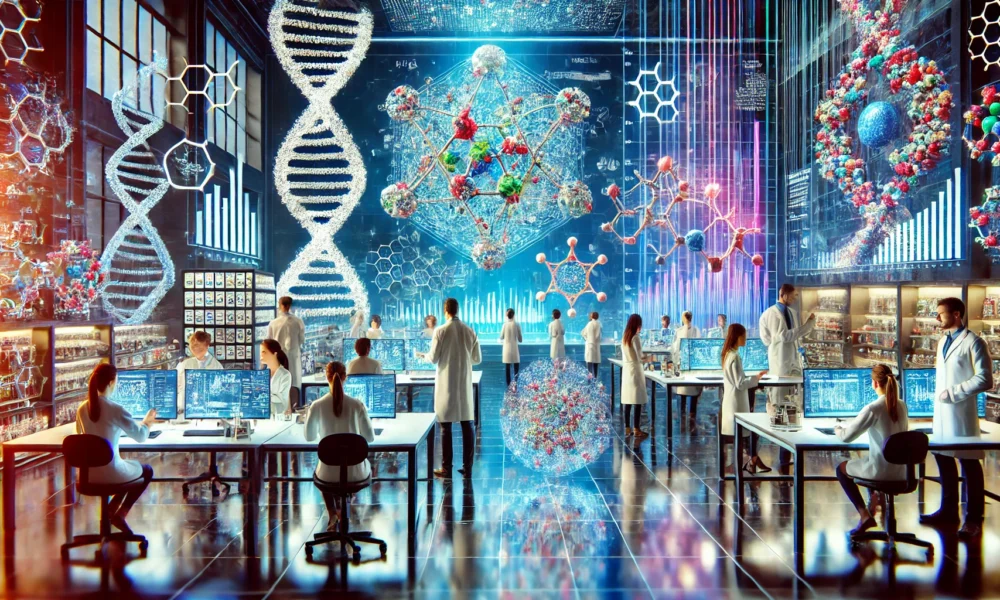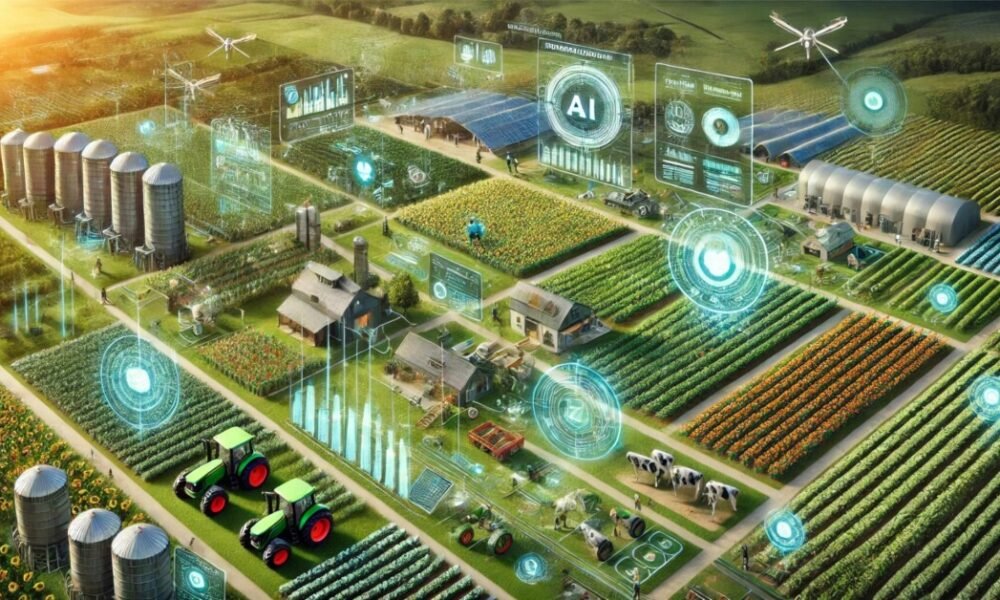Introducing Liquid Foundation Models by Liquid AI: A New Era in Generative AI
In a groundbreaking move, Liquid AI, a pioneering MIT spin-off, has unveiled its cutting-edge Liquid Foundation Models (LFMs). These models, crafted from innovative principles, are setting a new standard in the generative AI realm, boasting unparalleled performance across diverse scales. With their advanced architecture and capabilities, LFMs are positioned to challenge leading AI models, including ChatGPT.
Liquid AI, founded by a team of MIT researchers including Ramin Hasani, Mathias Lechner, Alexander Amini, and Daniela Rus, is based in Boston, Massachusetts. The company’s mission is to develop efficient and capable general-purpose AI systems for businesses of all sizes. Initially introducing liquid neural networks, inspired by brain dynamics, the team now aims to enhance AI system capabilities across various scales, from edge devices to enterprise-grade deployments.
Unveiling the Power of Liquid Foundation Models (LFMs)
Liquid Foundation Models usher in a new era of highly efficient AI systems, boasting optimal memory utilization and computational power. Infused with the core of dynamical systems, signal processing, and numerical linear algebra, these models excel in processing sequential data types such as text, video, audio, and signals with remarkable precision.
The launch of Liquid Foundation Models includes three primary language models:
– LFM-1B: A dense model with 1.3 billion parameters, ideal for resource-constrained environments.
– LFM-3B: A 3.1 billion-parameter model optimized for edge deployment scenarios like mobile applications.
– LFM-40B: A 40.3 billion-parameter Mixture of Experts (MoE) model tailored for handling complex tasks with exceptional performance.
These models have already demonstrated exceptional outcomes across key AI benchmarks, positioning them as formidable contenders amongst existing generative AI models.
Achieving State-of-the-Art Performance with Liquid AI LFMs
Liquid AI’s LFMs deliver unparalleled performance, surpassing benchmarks in various categories. LFM-1B excels over transformer-based models in its category, while LFM-3B competes with larger models like Microsoft’s Phi-3.5 and Meta’s Llama series. Despite its size, LFM-40B boasts efficiency comparable to models with even larger parameter counts, striking a unique balance between performance and resource efficiency.
Some notable achievements include:
– LFM-1B: Dominating benchmarks such as MMLU and ARC-C, setting a new standard for 1B-parameter models.
– LFM-3B: Surpassing models like Phi-3.5 and Google’s Gemma 2 in efficiency, with a small memory footprint ideal for mobile and edge AI applications.
– LFM-40B: The MoE architecture offers exceptional performance with 12 billion active parameters at any given time.
Embracing a New Era in AI Efficiency
A significant challenge in modern AI is managing memory and computation, particularly for tasks requiring long-context processing like document summarization or chatbot interactions. LFMs excel in compressing input data efficiently, resulting in reduced memory consumption during inference. This enables the models to handle extended sequences without the need for costly hardware upgrades.
For instance, LFM-3B boasts a 32k token context length, making it one of the most efficient models for tasks requiring simultaneous processing of large datasets.
Revolutionary Architecture of Liquid AI LFMs
Built on a unique architectural framework, LFMs deviate from traditional transformer models. The architecture revolves around adaptive linear operators that modulate computation based on input data. This approach allows Liquid AI to optimize performance significantly across various hardware platforms, including NVIDIA, AMD, Cerebras, and Apple hardware.
The design space for LFMs integrates a blend of token-mixing and channel-mixing structures, enhancing data processing within the model. This results in superior generalization and reasoning capabilities, especially in long-context and multimodal applications.
Pushing the Boundaries of AI with Liquid AI LFMs
Liquid AI envisions expansive applications for LFMs beyond language models, aiming to support diverse data modalities such as video, audio, and time series data. These developments will enable LFMs to scale across multiple industries, from financial services to biotechnology and consumer electronics.
The company is committed to contributing to the open science community. While the models are not open-sourced currently, Liquid AI plans to share research findings, methods, and datasets with the broader AI community to foster collaboration and innovation.
Early Access and Adoption Opportunities
Liquid AI offers early access to LFMs through various platforms including Liquid Playground, Lambda (Chat UI and API), and Perplexity Labs. Enterprises seeking to integrate cutting-edge AI systems can explore the potential of LFMs across diverse deployment environments, from edge devices to on-premise solutions.
Liquid AI’s open-science approach encourages early adopters to provide feedback, contributing to the refinement and optimization of models for real-world applications. Developers and organizations interested in joining this transformative journey can participate in red-teaming efforts to help Liquid AI enhance its AI systems.
In Conclusion
The launch of Liquid Foundation Models represents a significant milestone in the AI landscape. With a focus on efficiency, adaptability, and performance, LFMs are poised to revolutionize how enterprises approach AI integration. As more organizations embrace these models, Liquid AI’s vision of scalable, general-purpose AI systems is set to become a cornerstone of the next artificial intelligence era.
For organizations interested in exploring the potential of LFMs, Liquid AI invites you to connect and become part of the growing community of early adopters shaping the future of AI. Visit Liquid AI’s official website to begin experimenting with LFMs today.
For more information, visit Liquid AI’s official website and start experimenting with LFMs today.
-
What is Liquid AI’s Liquid Foundation Models and how does it differ from traditional AI models?
Liquid AI’s Liquid Foundation Models are a game-changer in generative AI as they utilize liquid state neural networks, which allow for more efficient and accurate training of models compared to traditional approaches.
-
How can Liquid Foundation Models benefit businesses looking to implement AI solutions?
Liquid Foundation Models offer increased accuracy and efficiency in training AI models, allowing businesses to more effectively leverage AI for tasks such as image recognition, natural language processing, and more.
-
What industries can benefit the most from Liquid AI’s Liquid Foundation Models?
Any industry that relies heavily on AI technology, such as healthcare, finance, retail, and tech, can benefit from the increased performance and reliability of Liquid Foundation Models.
-
How easy is it for developers to integrate Liquid Foundation Models into their existing AI infrastructure?
Liquid AI has made it simple for developers to integrate Liquid Foundation Models into their existing AI infrastructure, with comprehensive documentation and support to help streamline the process.
- Are there any limitations to the capabilities of Liquid Foundation Models?
While Liquid Foundation Models offer significant advantages over traditional AI models, like any technology, there may be certain limitations depending on the specific use case and implementation. Liquid AI continues to innovate and improve its offerings to address any limitations that may arise.
Source link










